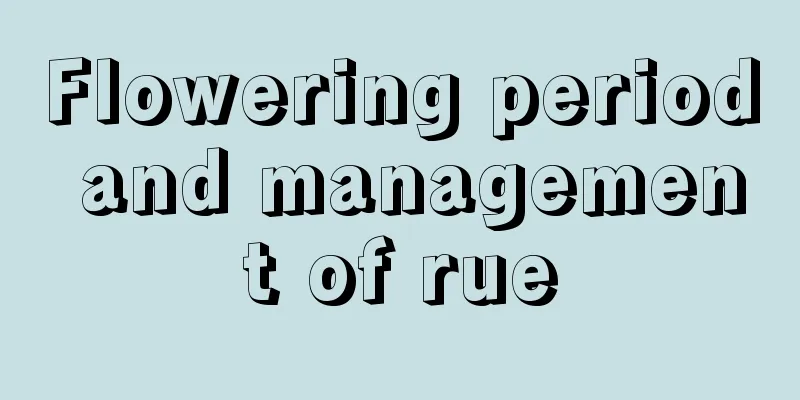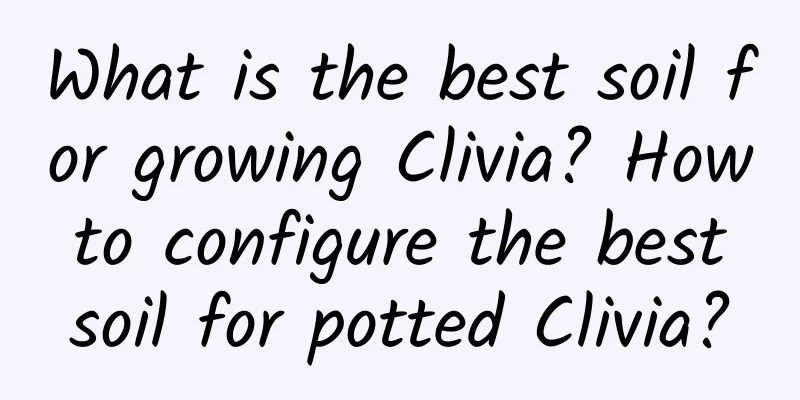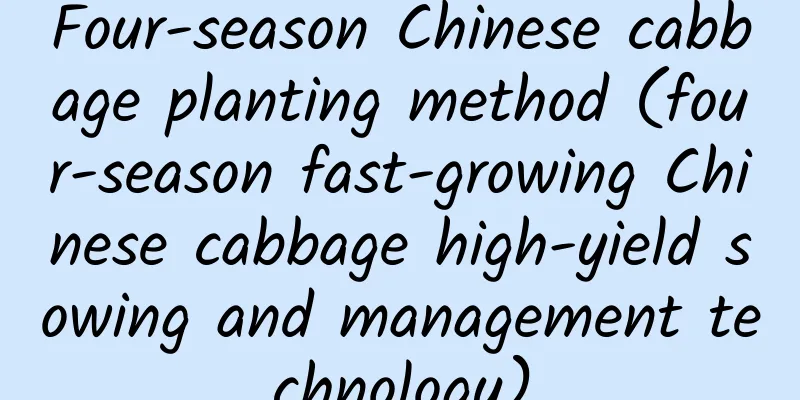Why do tomatoes only bloom but not bear fruit?

|
It is the flowering and fruiting season for tomatoes, but some vegetable farmers have found that although the tomato plants have bloomed, they have not produced fruit, and even have severe flower drop, which will undoubtedly affect the later yield of tomatoes. Let’s learn together why tomatoes only bloom but do not bear fruit? 1. Artificial pollination Tomato flowers are bisexual and can theoretically self-pollinate. However, artificial pollination is required indoors or in a closed environment. Use the cool air of a hair dryer or a cotton swab to gently touch the flowers to ensure even pollination to increase fruit set. 2. Reasonable density planting When planting tomatoes, whether indoors or outdoors, be careful to control the planting density. Too dense plants will lead to insufficient supply of water and nutrients , affecting normal growth and fruiting. If the planting is too dense, the seedlings should be thinned out in time and the weaker plants should be removed. 3. Temperature management Tomatoes are more likely to bear fruit in an environment with a moderate temperature difference between day and night. If the temperature difference between day and night is too small, the plant may have excessive vegetative growth, resulting in reduced flowering or flower drop. Therefore, appropriately increasing the temperature difference between day and night can help promote tomato fruiting. 4. Plant management Over-fertilization, especially with nitrogen fertilizers, can cause plants to become leggy. In this case, double-stem pruning can be used to control plant growth. For specific operations, please refer to relevant articles or video tutorials. 5. Nutritional supplement Lack of nutrients such as boron or potassium can also affect flower bud differentiation and fruiting of tomatoes. When symptoms of nutrient deficiency are found, appropriate fertilizers , such as boron fertilizer, should be added in time to promote flower bud differentiation and increase fruit setting rate. 6. Lighting and ventilation Insufficient light or ventilation can affect the growth and fruiting of tomatoes grown indoors. In continuous rainy weather, you should consider adding artificial light and removing old leaves appropriately to improve lighting and ventilation conditions. In short, during the growth process of tomatoes, if you encounter the problem of only flowering but not fruiting, you may need to take the above measures to improve the situation.
|
<<: How to take care of the newly bought Euphorbia
>>: How to care for newly bought mountain roses
Recommend
Epimedium Growth Environment Conditions and Characteristics
Epimedium Growth Environment Conditions and Requi...
Cultivation methods and precautions of Tiger Pilan
1. Soil The most important thing about the soil f...
How to grow dogtooth flower
1. Maintenance methods 1. Temperature: It is resi...
Gardenia, rose, azalea... they die every time I grow them? Learn this 1 trick and keep it open for 3 months!
Gardenia has buds but no flowers Many flower love...
How long to fertilize after repotting Clivia
1. Fertilize after repotting You cannot fertilize...
Difference between orchid and orchid
1. Leaf Difference The leaves of orchid are oblon...
How to grow hydroponic tulips and how long can they live
1. Maintenance methods 1. Container: When growing...
Differences between Cosmos and Cineraria
1. Differences in plant types The height of Cosmo...
The difference between peach egg and peach beauty, how to raise them to the best condition
1. Difference 1. Leaf shape: The peach egg belong...
Can Fragrant Wood be hydroponically cultivated? Hydroponics methods and precautions
Can Fragrant Wood be hydroponically cultivated? T...
How to grow zebra flowers
1. Proper lighting It likes sunlight, but is afra...
How to plant Dianthus chinensis seeds
1. Prepare seeds After the flowers fade, many see...
Impatiens flower language, how long is the flowering period
1. Impatiens flower language If you accidentally ...
What kind of pot is best for azalea
What kind of pot is best for growing azalea Azale...
Can green radish be propagated by cuttings in spring?
1. Is it possible to take cuttings? If you want t...









